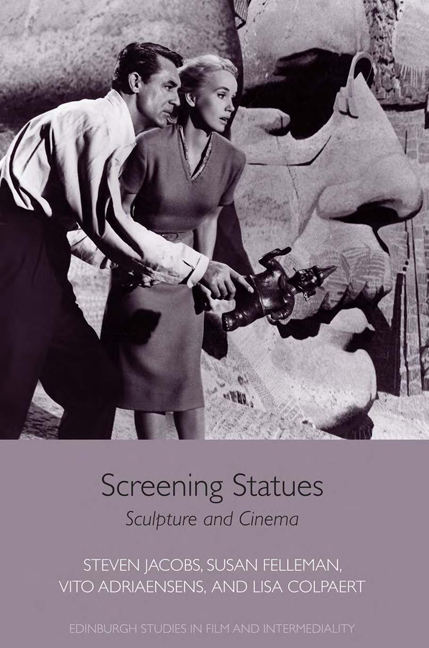3 results in Edinburgh Studies in Film and Intermediality

Derivative Images
- Financial Derivatives in French Film, Literature and Thought
-
- Published by:
- Edinburgh University Press
- Published online:
- 21 November 2024
- Print publication:
- 30 April 2022

Towards an Intermedial History of Brazilian Cinema
-
- Published by:
- Edinburgh University Press
- Published online:
- 12 August 2023
- Print publication:
- 31 July 2022

Screening Statues
- Sculpture in Film
-
- Published by:
- Edinburgh University Press
- Published online:
- 23 June 2018
- Print publication:
- 01 September 2017

